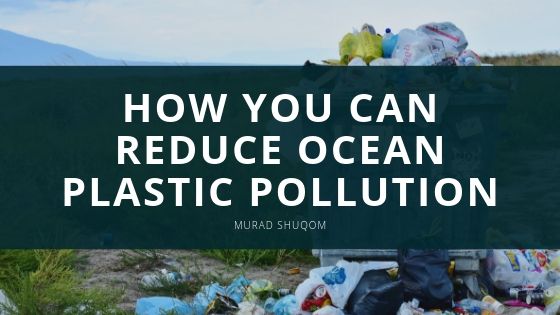Ocean pollution is at an all-time high not only in the United States, but around the world as well. Between 4 to 12 million tons of waste enter the ocean every year. Considering how much waste is already in the ocean and adding that amount more over the next 15 years, you can imagine what the ocean will look like. Why is ocean pollution such a problem? Most plastics that enter the ocean are not biodegradable, meaning they will sit above or below the ocean for many years. The plastic puts many ocean life animals into danger, one of them most notably the sea turtles which are already endangered. What can you do to prevent so much plastic entering the ocean?
Using reusable plastic or other reusable materials
With single-use plastics seemingly on the rise and not going away anytime soon, your use of single-use plastics will determine how much continues to go into the ocean. Single-use plastics include but are not limited to the following: coffee cups, utensils, straws, plastic plates/bowls, plastic bags, water bottles, and take out straws. Simply exercising the option not to use these single-use plastics and bringing/using reusable alternatives will save the need to discard such plastic.
Supporting charges on plastics and banning plastics
As many cities across the globe look to cut down their environmental impact, some are going as far to ban certain single-use plastics. Many companies as well including some grocery store chains are beginning to charge the end consumer if they use plastic bags instead of a reusable one. This charge can be anywhere from 5 cents a bag to 15 cents a bag in some cities. Some municipalities as well have petitions that many have signed to ban certain plastics and when you sign them, you’re supporting the cause to move to biodegradable or reusable alternatives.
Actively be involved in beach clean-ups
A movement that gained traction since 2017 has been groups or teams of people organizing events to clean up waste among shorelines and in oceans. This method is one of the most direct and effective to eliminate existing ocean pollution and prolong ocean life.
Stray from products using “Microbeads”
The advancements in the skincare industry have led to several products that include “microbeads” contained within them. Microbeads are little forms of plastic that are used in the cosmetics industry in products such as facial scrubbers, toothpaste, and body washes. Since they are not easily dissolvable, they simply go down the drain and into our ocean. These microbeads are toxic for sea life as these microbeads are so tiny and contain toxic ingredients for animals.

